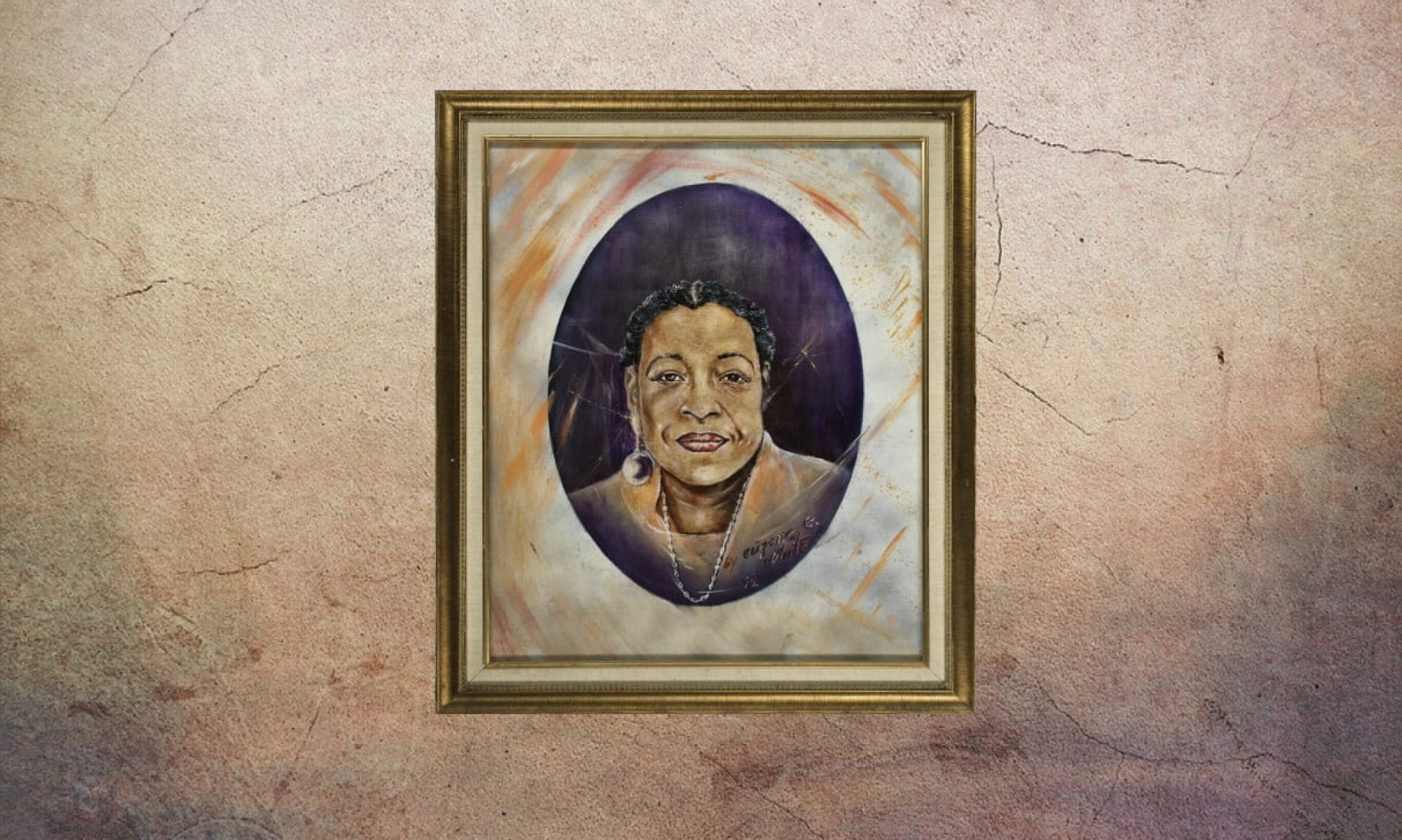
John ‘Johnny’ Mathis Royce was born in Gilmer, Texas, on September 30, 1935. When he was still a small child, he moved to Post Street with his family in the Fillmore neighborhood of San Francisco. Widely regarded as the Harlem of the West, the Fillmore influenced Mathis as his interest in music grew. His father’s influence was crucial, too, in getting Johnny involved in music at a young age, even teaching him his first song, “My Blue Heaven.”
In 1943, his father saved 25 dollars to buy him his first piano, a considerable sum at the time. Mathis began by singing in church choirs, school events, community events and wherever else he could, even entertaining relatives at large family gatherings. When he was thirteen, Mathis met Connie Cox, a prominent Bay Area vocal coach who would mentor him throughout high school until he began college. He attended George Washington High School, where he garnered a prominent name for himself through his outstanding musical and athletic talent. He was a star player on his basketball team and an outstanding track and field runner.
During college, Mathis went to play at the famous Black Hawk Nightclub in the Tenderloin with one of his friends for San Francisco State University, who had performed there regularly in a sextet. One of the owners of the club, Helen Noga, saw a bright future in Johnny’s talents when she first heard him sing at that club. At just 19 years old in 1955, Noga booked him to perform at Ann Dee’s 440 Club, where he would be noticed by a scout from Columbia records. After hearing him sing, he sent back a letter to Columbia that read: “Have found phenomenal 19 year old boy who could go all the way. Send blank contracts.” When offered a chance to partake in the trials for the 1956 Summer Olympics on behalf of Team USA and an opportunity to record at Columbia Studios in New York, he, along with the guidance of his father, decided to wholly pursue his career in music. His first album Johnny Mathis: A New Sound in Popular Song included two of his most popular songs: “Wonderful, Wonderful” and “It’s Not For Me To Say.” These garnered not only critical success, but also solidified his surge toward mainstream popularity. He began receiving offers to make music for films and much more. Riding this momentum, his single “Chances Are” became his first Billboard #1 hit, cementing his highly esteemed rank as a vocalist. During the era, it was a high honor to appear on the Ed Sullivan Show, and Johnny’s appearance in 1957 after having released an album with multiple famous singles would transition him from an icon among musicians to a popular household name. He kept making music with Columbia Records for years, ranging his styles of music from jazz to Broadway soundtracks to romantic songs and more.
Mathis has received a multitude of awards and recognitions throughout his career. Columbia records released Johnny’s Greatest Hits in 1958, the first greatest hits album released, a suit many artists now follow. Along with this, the album spent an entire 490 weeks in the top Billboard Album charts, a record unbroken until the late 1970s. His music had a long-lasting effect on the music industry. He is one of only five artists to have had a Top-40 Billboard Single in all four of their first decades, as he released music through 2014, including his single “Sending you a Little Christmas” with Jim Brickman. Mathis has earned a total of five Grammy nominations throughout his career, spanning from the 1960’s hit “Misty” to 2014’s Sending You a Little Christmas. He was also inducted into the Grammy Hall of Fame. Mathis received an abundance of praise for his work through many awards and celebrations, highlighted by his winning of the Lifetime Achievement Award from the Academy of Recording Arts and Sciences in 2003.
It is not only the awards, however, that highlight the man that was Johnny Mathis, it was the passion that drove him to succeed that has shaped the man who so many people love today. He has often expressed his love and appreciation for the city in which he was raised. It was a source of motivation in his life. Mathis once said “I never ever want to lose my link with San Francisco” (Ryan). The city has reflected this love back to him with the proclamation of Johnny Mathis Day on December 18th by Mayor George Christopher in 1957. His alma mater, San Francisco State University, also handed him a degree in Liberal Arts in 2017.
All in all, Johnny Mathis is one of the most famed musicians from San Francisco and does not plan on stopping anytime soon, proclaiming “I think about how I can keep singing for the rest of my life. I just have to pace myself.”
— Marcelo Swofford
Works Cited
“Johnny Mathis: Wonderful! Wonderful!” CBS News Sunday Morning. 14 May 2017.
Cestone, Vince. “Pam Moore Interviews Legendary Singer Johnny Mathis.” KRON 4. 2 Jun 2017.
Elwood, Philip. “Sing It Yet Again, Johnny.” SF Examiner. 5 Oct 1985.
Green, Blake. “The Romantic Balladeer Who’s Happy Alone.” SF Chronicle. 23 Sep 1977, pp. 24.
Hufhines, Liz. Fairmont Hotel: San Francisco. Public Relations. 19 Feb 1958.
“Johnny’s Bio.” RoJon Productions.
Ryan, Joan. “Outstanding Track Record for Mathis.” SF Examiner. 17 May 1987, pp. C1.
Stern, Charley. “San Francisco Welcomes Home Johnny Mathis.” SFPL History Center Archives. 12 Dec 1957.
